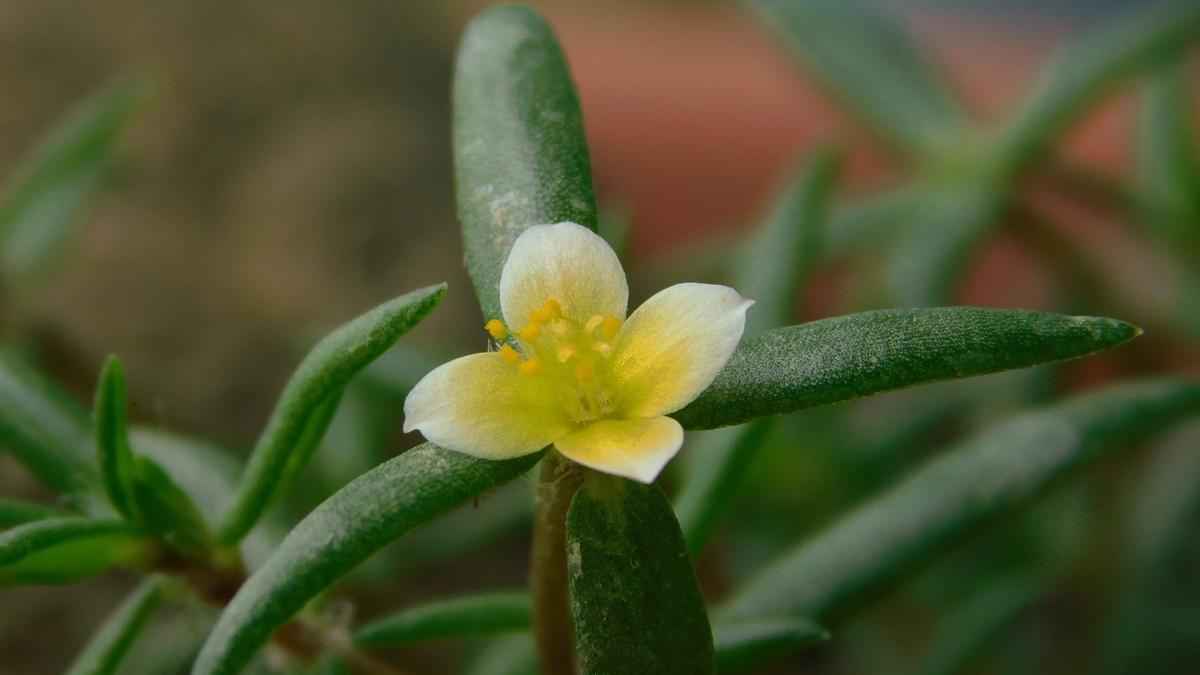A remarkable addition to India’s floral diversity has emerged with the discovery of Portulaca bharat, a newly identified flowering plant species found in the rocky terrain of the Aravali hills near Jaipur. First documented by researcher Nishant Chauhan, this plant showcases distinct adaptations to semi-arid conditions and adds to the growing list of region-specific flora. Its discovery highlights both the ecological richness of the Aravalis and the urgent need for further exploration and conservation.
Botanical Classification
Belonging to the genus Portulaca, which includes around 153 species worldwide, Portulaca bharat strengthens India’s standing in tropical plant diversity. Of the 11 known Portulaca species in India, four are endemic. This new species adds to the endemic list, emphasizing the country’s rich and often under-documented biodiversity.
Unique Morphological Traits
Portulaca bharat is characterized by opposite, slightly concave leaves and pale-yellow flowers that fade to creamish-white near the tips. The presence of glandular hairs on the stamen filaments and its thick root structure are adaptations typical of succulents, helping it survive in harsh, rocky habitats.
Natural Habitat and Limited Range
This species has so far been located exclusively in the Galtaji hills, where just ten individuals have been observed. Its extremely narrow distribution makes it a micro-endemic species, vulnerable to habitat loss and environmental changes. The semi-arid, rocky terrain poses survival challenges, exacerbated by ongoing threats such as climate change and land degradation.
Conservation Concerns
Under current IUCN guidelines, Portulaca bharat is listed as “Data Deficient,” reflecting the limited information on its population dynamics and distribution. With such a restricted natural range, urgent conservation actions—including field surveys and habitat protection—are critical to prevent the species from slipping into obscurity or extinction.
Scientific Relevance and Future Research
The plant is now being studied under controlled conditions to better understand its growth patterns and adaptability. Its discovery presents opportunities for further study in plant geography, ecological adaptation, and evolutionary biology. It also strengthens the case for more detailed ecological assessments in the Aravalis—an often overlooked yet vital ecosystem.
A Symbol of India’s Natural Heritage
The naming of Portulaca bharat is more than a botanical event—it’s a celebration of India’s biological legacy. It reminds us of the untapped ecological wealth hidden in lesser-known landscapes and the importance of preserving it for future generations.



